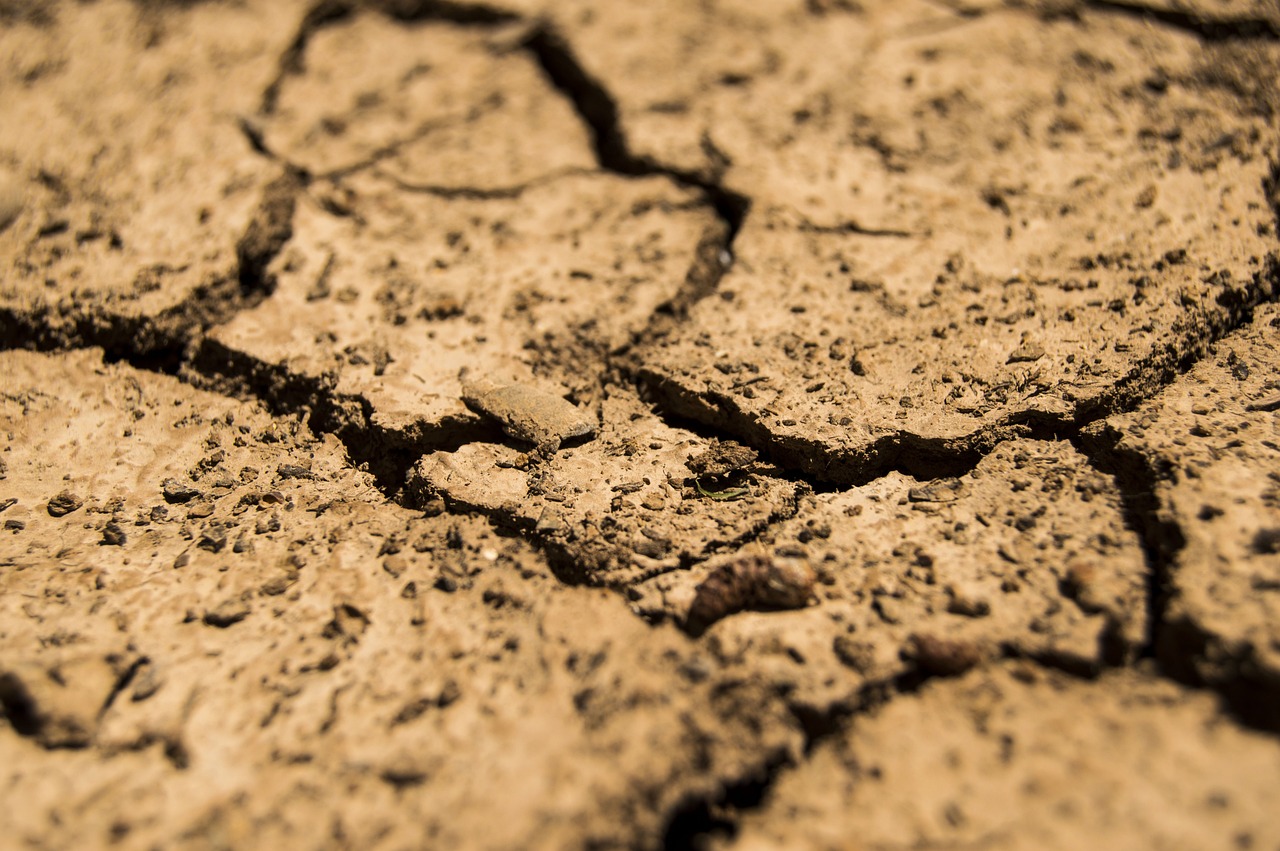Article Title:Applications of electrical and electromagnetic methods for environmental and geotechnical investigations
Abstract:
Electrical and electromagnetic methods are powerful tools in environmental and geotechnical investigations. Techniques developed for deeper applications, such as mining, geothermal and crustal studies, are scaled for shallow targets by moving to higher frequencies, earlier decay times and/or smaller array configurations. Another extremely important factor is dense station spacing, to reduce spatial aliasing, and high quality data to resolve small features. Hence, new instruments are concerned with making continuous or dense measurements with high precision, and interpretational methods fast enough to handle large datasets quickly. Continuously measuring electrical and time-domain electromagnetic systems have been developed for geological mapping in hydrological investigations with one-dimensional inversion routines that are rapid and robust. At a smaller scale an electrical system is used for archaeology studies with excellent results. Working to and above the upper limits of the quasi-static approximation, a very early time electromagnetic system is proving successful at mapping subsurface infrastructure in areas of conductive, clay cover, where ground penetrating radar is ineffective. Induced polarization (IP) and resistivity systems that employ multiplexing techniques, while not continuously measuring, allow for relatively rapid production rates and dense sampling for applications ranging from landfill and contaminant characterization studies, to verifying the integrity of engineered subsurface structures and monitoring infiltration in the vadose zone.
Keywords: aquifer mapping; archaeology; contamination; electrical; electromagnetic; environmental; geotechnical; hydrological investigation; induced polarization; site characterization
DOI: 10.1023/A:1015044200567
Source:SURVEYS IN GEOPHYSICS
Welcome to correct the error, please contact email: humanisticspider@gmail.com



